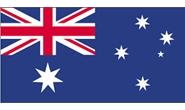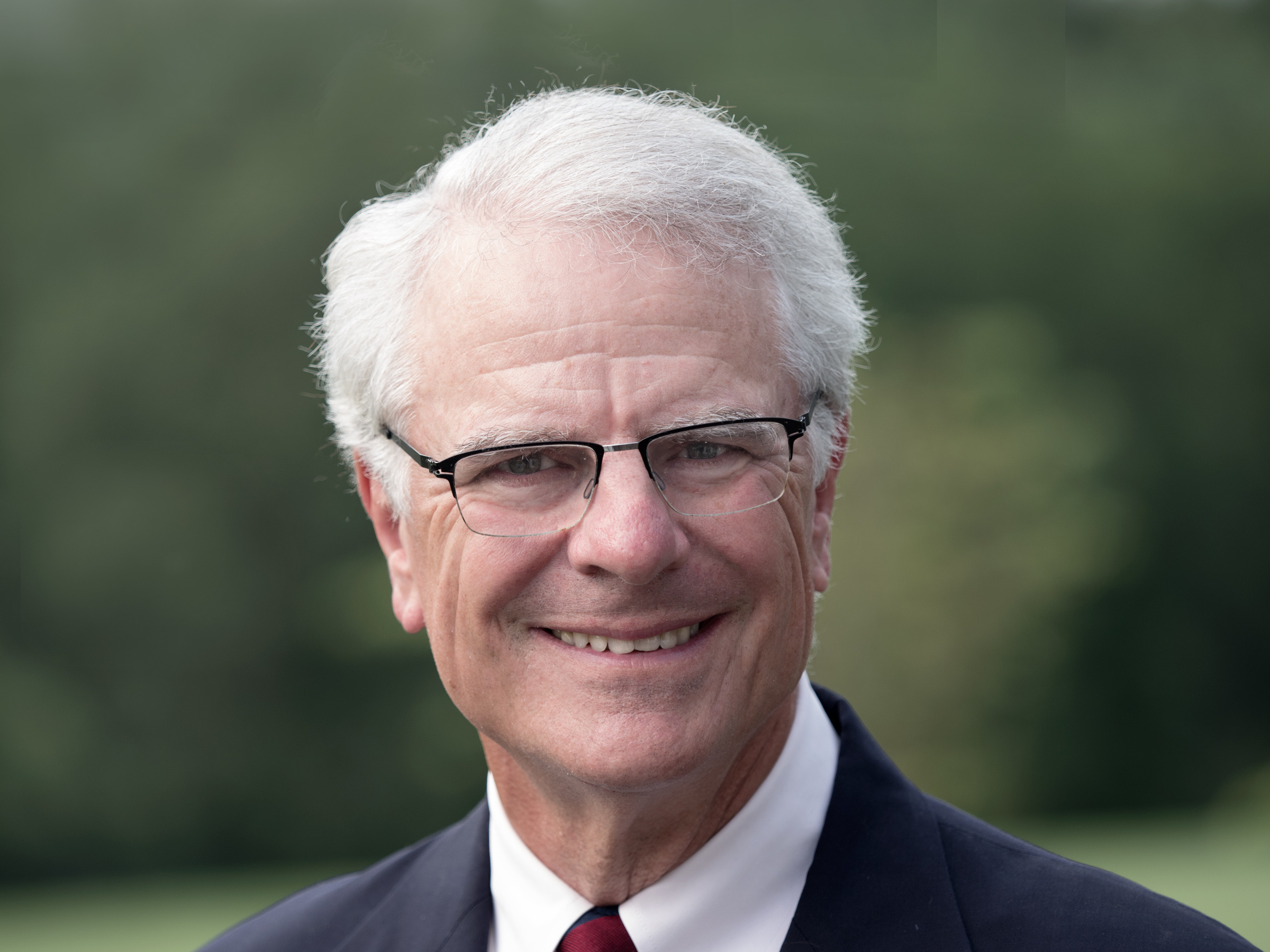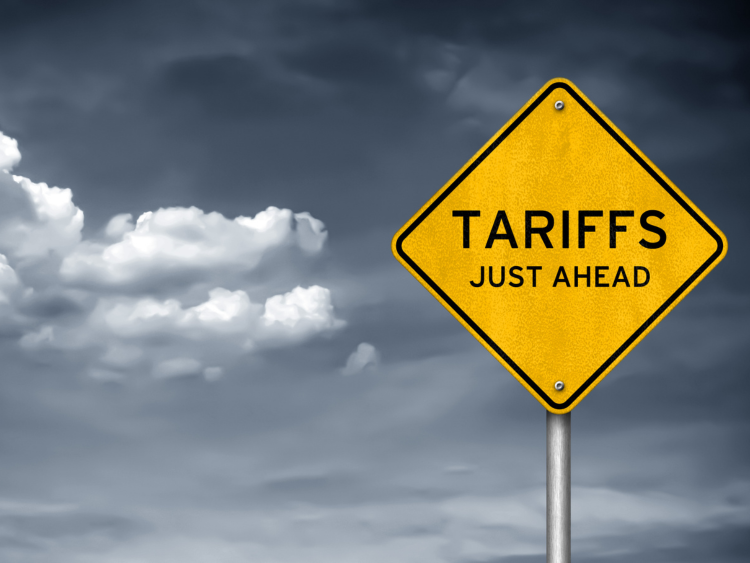Government/Policy

July 11, 2017
Section 232 Exemption for Australia
Written by Sandy Williams
Australian steel and aluminum manufacturers were relieved to hear that Australia will be exempt from any U.S. import tariffs imposed under Section 232.
Prime Minister Malcolm Turnbull and Finance Minister Mathias Cormann lobbied U.S. officials at the G20 meetings arguing that Australia was a strong ally and exports relatively little of its steel and aluminum to the United States. Turnbull and Cormann left the meetings confident that their concerns were understood by Trump and his team and that Australia would be exempted from any U.S. tariff actions, reported the Guardian Australia.
![]() “The prime minister spoke to President Trump directly, explaining the Australian position and our concern that should the United States decide to pursue any trade measures in relation to steel and aluminum as a result of their current investigation, then we would like to see Australia exempted from any such measures,” said Cormann to ABC radio on Monday.
“The prime minister spoke to President Trump directly, explaining the Australian position and our concern that should the United States decide to pursue any trade measures in relation to steel and aluminum as a result of their current investigation, then we would like to see Australia exempted from any such measures,” said Cormann to ABC radio on Monday.
“We understand U.S. concerns about the pressure their steel and aluminum sectors are under as a result of non-market policies pursued by some countries. But Australia is a close ally and a trusted trading partner; we are not responsible for the issues that the United States are concerned about. As a result of the strong representations by the prime minister, the Australian position is well understood,” he said.
Cormann declined to confirm the exemption during his ABC interview.
BlueScope Steel, Australia’s only steel exporter, sends approximately $130 million of steel to the U.S. each year for processing at its joint venture Steelscape. BlueScope said it would welcome the exemption and is waiting on confirmation from the U.S.
Steelscape, owned by BlueScope Steel and Nippon Steel & Sumitomo Metals Corp., produces approximately 446,000 metric tons of metal-coated steel and 332,000 tons of painted steel coils annually for non-residential building and construction. BlueScope’s export of hot rolled coil to Steelscape is between 200,000 and 300,000 tons annually.
Australia exports approximately $62.5 million of aluminum to the U.S. each year.






